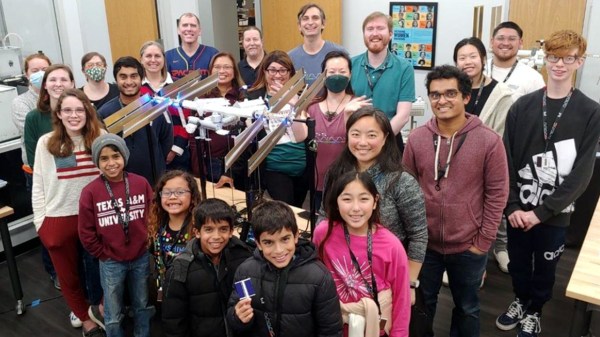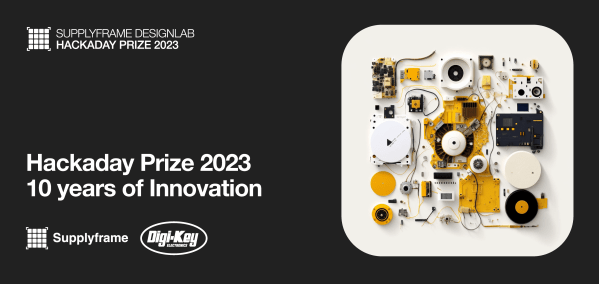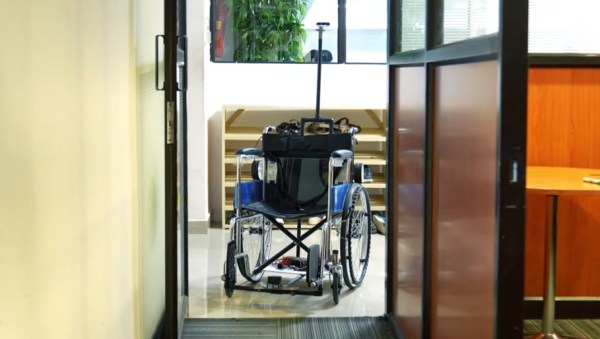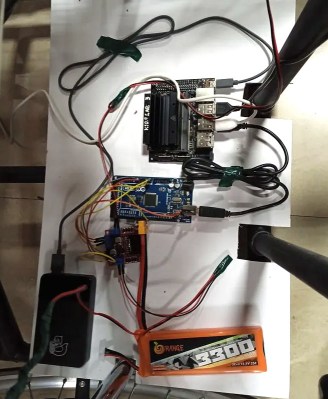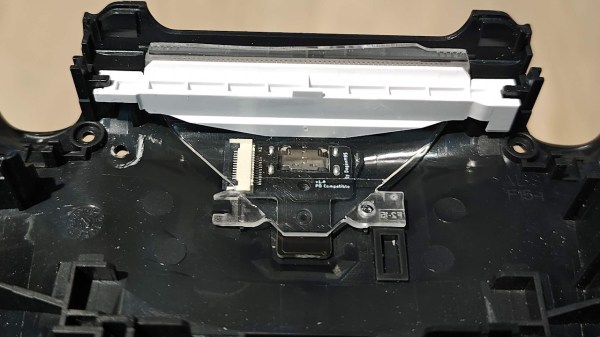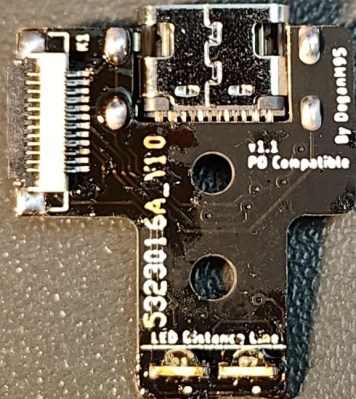Built at a cost of more than $150 billion over the last twenty-five years, the International Space Station is arguably one of humanity’s greatest engineering triumphs. Unfortunately, unlike Earthly construction feats such as the Hoover Dam, Burj Khalifa, or the Millau Viaduct, you can’t visit it in person to really appreciate its scale and complexity. Well, not unless you’ve got the $50 million or so to spare to buy a seat on a Dragon capsule.
Which is why the team behind the ISS Mimic project are trying to make the ISS a bit more relatable. The open source project consists of a 3D printable 1:100 model of the Station, which is linked to the telemetry coming down from the real thing. A dozen motors in the model rotate the solar arrays and radiators to match the positions of their full-scale counterparts, while LEDs light up to indicate the status of various onboard systems.
To learn more about the ISS Mimic, team members Bryan Murphy, Sam Treadgold, and Tristan Moody stopped by this week’s Hack Chat to bring us up to speed on the past, present, and future of this fascinating project.
Continue reading “ISS Mimic Brings Space Station Down To Earth”

